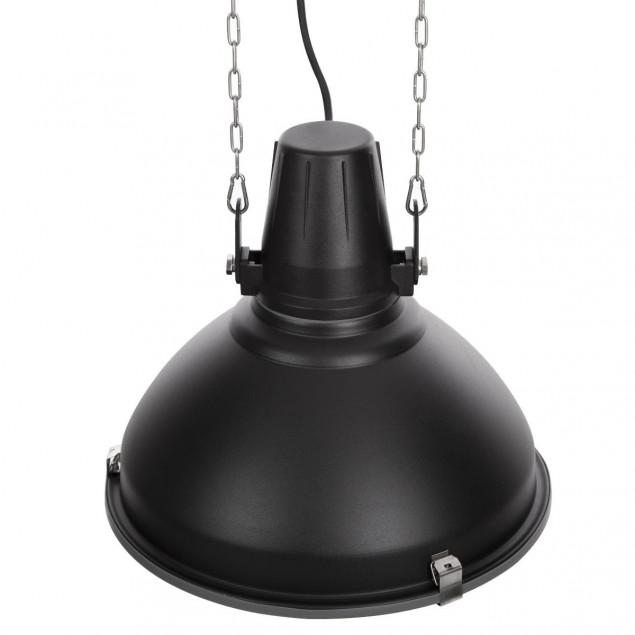In today’s dynamic business landscape, procurement isn’t just about securing goods and services at the best price. It’s about fostering robust, enduring relationships with your suppliers. Enter Supplier Relationship Management (SRM), a critical strategic function that can transform the way organizations approach procurement.
In this comprehensive guide, we’ll delve into the world of SRM, exploring its significance, the supplier relationship continuum, benefits, strategy development, and much more. So, fasten your seatbelts as we embark on a journey to uncover the secrets of building strong partnerships in procurement.
Supplier Relationship Management (SRM)
Supplier Relationship Management, or SRM, is the deliberate and structured approach to managing an organization’s interactions with its suppliers. It’s the art of transforming transactional supplier relationships into strategic partnerships. SRM is pivotal in procurement because it’s the linchpin that holds together a reliable and cost-effective supply chain. By fostering strong supplier relationships, organizations gain access to not just products and services but a world of opportunities for growth, innovation, and risk mitigation.
The Supplier Relationship Continuum
Supplier relationships come in various shades, ranging from transactional to strategic partnerships. At one end of the side, transactional relationships are about price negotiations and deliverables. As we move along the continuum, we enter the realm of tactical collaboration, then into the territory of collaborative partnerships, and finally, we reach the zenith of strategic alliances. Navigating this continuum is a journey that organizations must undertake to extract maximum value from their supplier base.
Benefits of Effective SRM
Strong supplier relationships offer a treasure trove of benefits. Firstly, they lead to substantial cost savings. When suppliers become strategic partners, they are more likely to offer competitive pricing and flexible terms. Secondly, SRM is a risk mitigation strategy. By understanding your suppliers’ capabilities and vulnerabilities, you can proactively address potential disruptions in your supply chain.
Lastly, innovation thrives in symbiotic relationships. Suppliers often possess unique insights and capabilities that, when harnessed effectively, can drive product enhancements and process improvements.
Let’s consider a real example. Apple Inc. collaborates with suppliers like Foxconn to continually innovate its products. This synergy is important in Apple’s success.
SRM Strategy Development
An SRM strategy is the blueprint for success. It should align seamlessly with your organization’s overall procurement goals and objectives. This involves defining clear objectives, setting performance indicators, and establishing communication protocols. Effective SRM strategies ensure that your procurement team is working in harmony toward common goals, whether that’s reducing costs, mitigating risks, or driving innovation.
Incorporating procurement training into your strategy is key. Procurement training provides the skills and knowledge to execute the SRM strategy. It ensures everyone is on the same page, fostering a culture of collaboration and partnership.
Supplier Segmentation
Not all suppliers are created equal. Supplier segmentation involves categorizing suppliers based on factors such as spend, strategic importance, and risk. This segmentation informs your approach to SRM. High-value, high-risk suppliers may warrant more strategic attention, while low-value, low-risk suppliers may be managed with a more transactional approach. Effective segmentation allows you to allocate resources where they matter most.
Communication and Collaboration
At the heart of SRM lies open and transparent communication. Building trust and rapport with your suppliers is pivotal. Regular meetings, feedback sessions, and joint business planning are essential components of a successful SRM. Remember, it’s not just about talking; it’s about listening and acting upon the insights gained.
Here’s a practical tip: designate a dedicated SRM team responsible for fostering supplier relationships. They should be well-versed in effective communication techniques, negotiation skills, and conflict resolution.
Key Performance Indicators (KPIs)
To measure the success of your SRM efforts, you need well-defined KPIs. These metrics should cover areas like supplier quality, on-time delivery, cost savings, and innovation contributions. KPIs not only allow you to monitor performance but also drive continuous improvement. Regularly tracking KPIs enables you to identify areas for enhancement in your supplier relationships.
Supplier Evaluation and Audits
Supplier evaluation and audits are essential components of SRM. Conducting assessments and due diligence ensures that your suppliers meet your standards for quality, ethics, and compliance. Audits provide valuable insights into areas needing improvement and can help prevent potential issues from snowballing into major disruptions.
Conflict Resolution and Issue Management
In any relationship, conflicts can arise. In SRM, they’re no different. What’s crucial is how you handle them. Proactive problem-solving and a win-win mindset are vital. Develop strategies for addressing conflicts constructively, and remember conflicts can often be opportunities for growth and improvement when resolved effectively.
Supplier Development and Innovation
SRM isn’t just about maintaining the status quo; it’s about growth and innovation. By collaborating with suppliers, organizations can co-create innovative solutions and drive product improvements. For instance, Toyota’s close relationship with its suppliers has led to innovations in lean manufacturing and just-in-time inventory management.
Technology and Tools for SRM
In the digital age, technology plays a pivotal role in SRM. Supplier portals, performance tracking software, and analytics tools can streamline communication and provide real-time visibility into supplier performance. Consider adopting SRM software that aligns with your strategy and goals.
Case Studies
Real-world case studies provide concrete examples of the impact of SRM. For instance, Procter & Gamble’s partnership with its suppliers led to significant cost savings and supply chain resilience. Case studies can serve as inspiration and provide insights into how SRM can transform procurement efficiency and effectiveness.
Crisis Management and Contingency Planning
In times of crisis, strong supplier relationships are a lifeline. SRM can help organizations navigate supply chain disruptions, whether caused by natural disasters or economic downturns. A well-established SRM framework enables rapid communication, collaboration, and contingency planning, bolstering an organization’s resilience.
Building a Culture of Collaboration
Fostering a culture of collaboration within your procurement team and organization is the final piece of the SRM puzzle. Encourage cross-functional teams, knowledge sharing, and a mindset of continuous improvement. Training and development programs focused on SRM can help instill this culture throughout the organization.
In conclusion, Supplier Relationship Management (SRM) is the cornerstone of modern procurement. It’s not just a transactional process; it’s a strategic function that can unlock a world of benefits. From cost savings to risk mitigation and innovation, strong supplier relationships are the secret sauce of successful organizations. So, prioritize SRM, develop a robust strategy, and invest in training to equip your team with the skills they need to build and maintain lasting partnerships with your suppliers. In doing so, you’ll position your organization for sustained success in the ever-evolving world of procurement.








